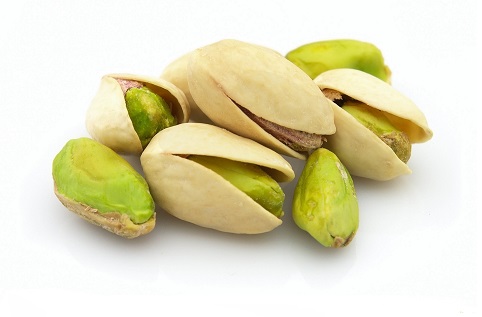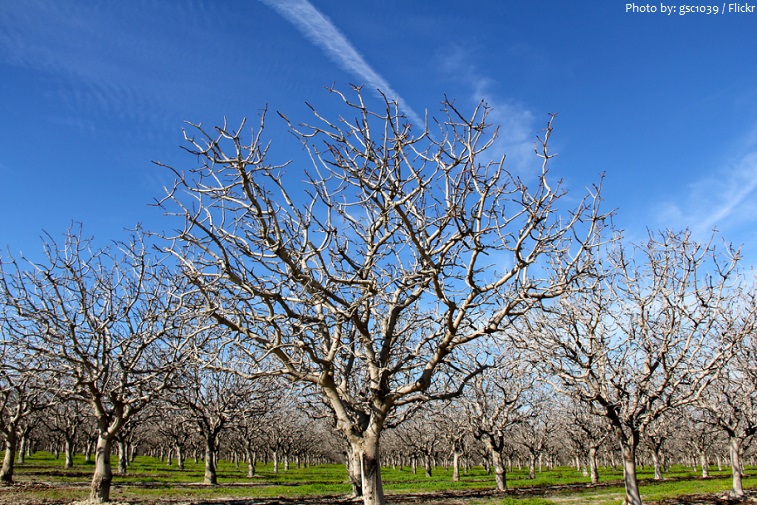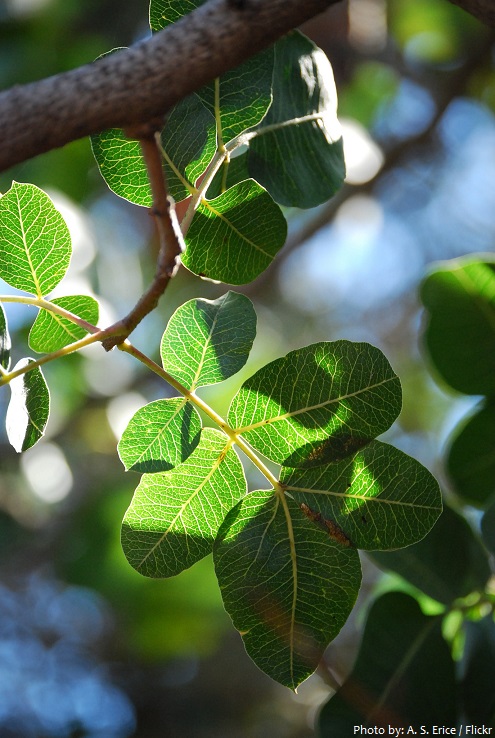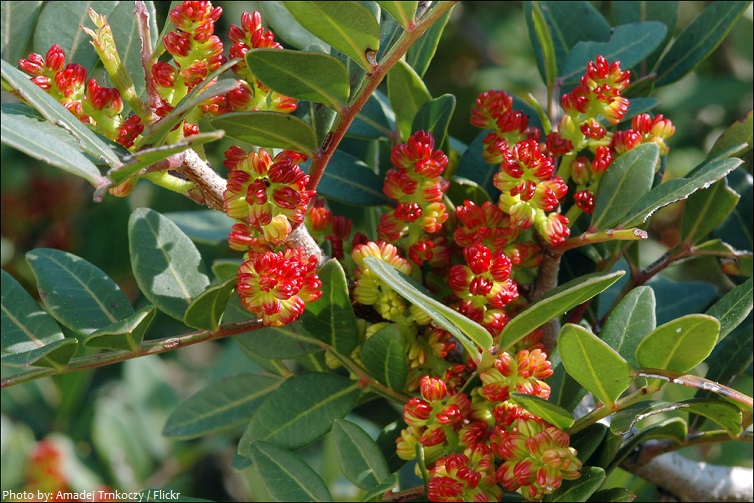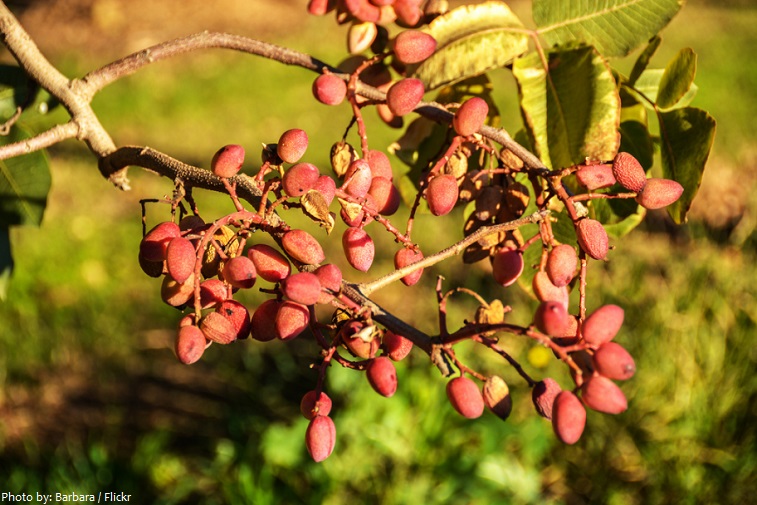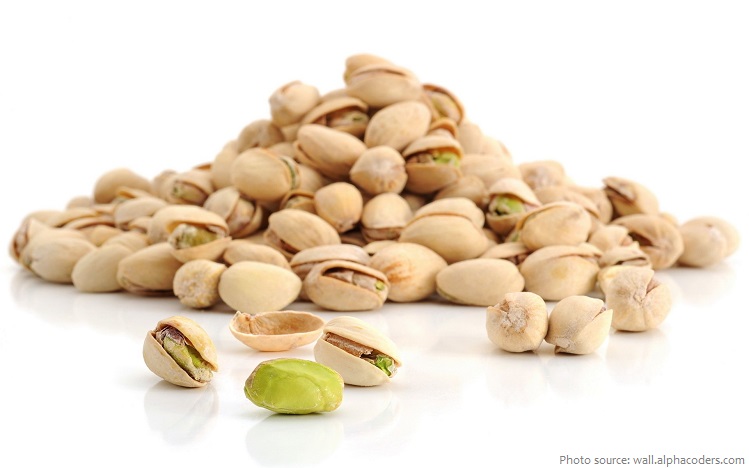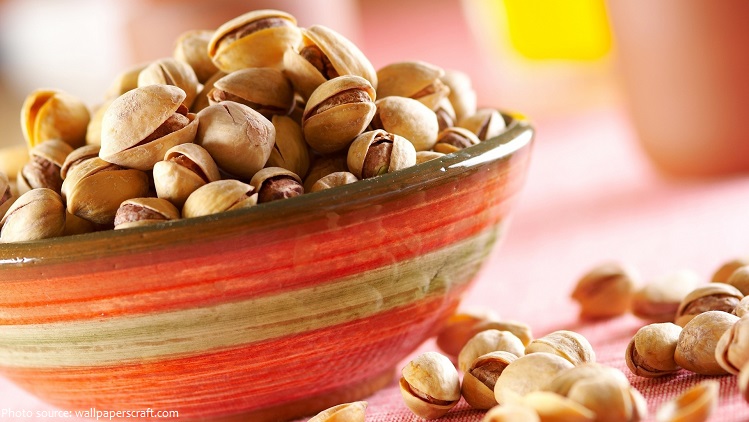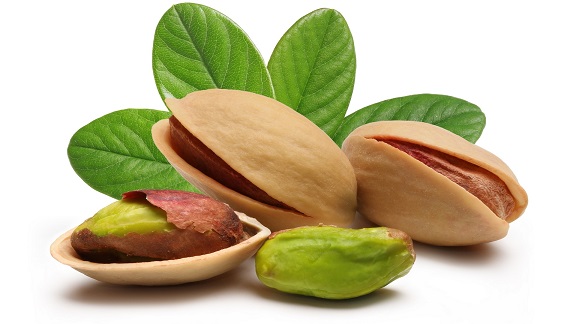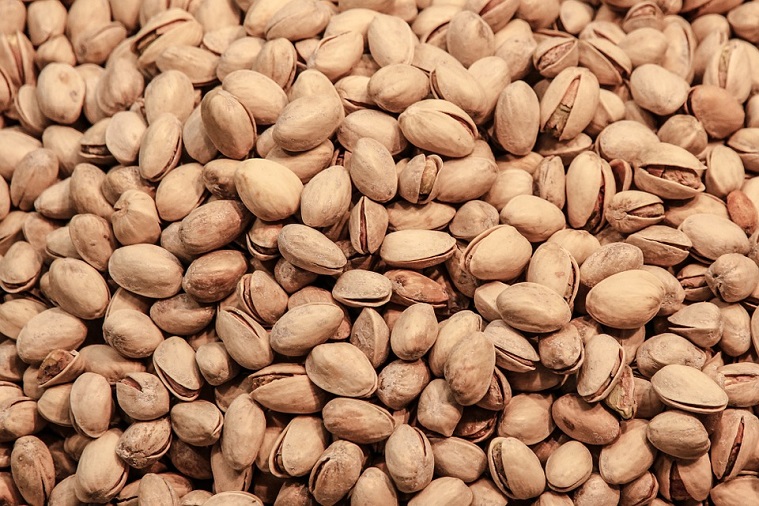Pistachios are edible seeds of the pistachio tree (Pistacia vera).
The pistachio tree is a member of the cashew family, and is native to Central Asia and the Middle East.
Archaeology shows that pistachio seeds were a common food as early as 6750 BC.
Flourishing in hot climates, pistachios spread from the Middle East to the Mediterranean, quickly becoming a treasured delicacy among royalty, travelers and common folk alike.
Legend has it that the Queen of Sheba decreed pistachios an exclusively royal food, going so far as to forbid commoners from growing the nut for personal use.
The Hanging Gardens of Babylon were said to have contained pistachio trees during the reign of King Merodach-Baladan about 700 B.C.
In the first century A.D., Emperor Vitellius debuted this prized nut in his capital city of Rome.
Along with almonds, pistachios were frequently carried by travelers across the ancient Silk Road that connected China with the West.
Originally imported in the 1880s for Americans of Middle Eastern descent, pistachios were first introduced to the rest of America as a snack food some 50 years later.
Today the pistachio tree is widely grown around the world, especially in the US, Central Asia, and theMiddle East.
Pistachio trees are fairly hardy in the right conditions and can survive temperatures ranging between −10 °C (14 °F) in winter and 48 °C (118 °F) in summer.
Pistachio is a desert plant and is highly tolerant of saline soil.
In its natural habitat, the pistachio tree has a lifespan of over 150 years.
The pistachio tree has wide-spreading branches but rarely exceeds 9 meters (30 feet) in height.
It has deciduous pinnate leaves 10–20 centimeters (4–8 inches) long.
The plants are dioecious (bearing either male or female flowers). The flowers are borne in panicles that may have more than 150 individual flowers. Flowers are wind-pollinated.
Borne in clusters, the fruit is a drupe (or stone fruit) containing an elongated seed, which is the edible portion. After harvesting, fruits are soaked in order to rid them of their fleshy reddish or yellowish shell. The pistachio nuts are then dried in the sun.
The seed, commonly thought of as a nut, is a culinary nut, not a botanical nut. The fruit has a hard, cream-colored exterior shell. The seed has a mauve-colored skin and light green flesh, with a distinctive flavor. When the fruit ripens, the shell changes from green to an autumnal yellow/red and abruptly splits partly open.
Each pistachio tree averages around 50 kilograms (110 lb) of seeds, or around 50,000, every two years.
Pistachios are tiny, but pack a powerful nutritional punch.
In a 100 gram (3.5 ounces) serving, pistachios provide 562 calories and are 67% fat, 20% carbs, 13% protein.
Pistachios are a rich source of protein, dietary fiber, several minerals such as phosphorus, potassium, calcium, iron, magnesium, manganese, zinc, copper, sodium and selenium. It is also good source of vitamins like vitamin A, K, C, E, B6, B1-thiamine, B2-riboflavin, B3-niacin, B9-folate, and B5-pantothenic acid.
Pistachios are also a good source of antioxidants. They contain more antioxidants than most nuts andseeds. In fact, only walnuts and pecans contain more.
The vitamins, minerals, fats, and protein found in pistachio are all good for your health.
The health benefits of pistachios include a healthy heart, weight management, hypertension, and
improved digestion.
Pistachios also prevent cell damage and play a key role in reducing the risk of disease, such as diabetes and cancer.
The pistachio may be purchased shelled or unshelled, and eaten raw or roasted and salted.
Pistachios are commonly used in a variety of desserts, including baklava, halvah, and ice cream.
Americans make pistachio salad, which includes fresh pistachios or pistachio pudding, whipped cream, and canned fruit.
Iran and the United States are the major producers of pistachios, together accounting for about 3/4 of the total world production.
California produces almost all United States pistachios, and about half of these are exported, mainly to China, Japan, Europe, and Canada.
The earliest records of pistachio in English are around 1400 with the spellings “pistace” and “pistacia”. The word pistachio comes from medieval Italian pistacchio, which is from classical Latin pistacium and ancient Greek pistákion and pistákē (from Middle Persian). In Persian, the word is attested as pesteh.
In Iran, pistachios are known as the “smiling nut.” In China, it’s called the “happy nut.” Pistachios are also known as the “green almond.”
Often given as a gift during the Chinese New Year, pistachios are a symbol of health, happiness and good fortune.
The Pistachio Principle is a simple, mindful eating concept that can help fool yourself full, without feelings of deprivation. The premise of The Pistachio Principle is that consumption of in-shell pistachios may help to slow eating because the leftover shells offer a visual cue about the amount of pistachios you’ve consumed. And that can potentially reduce your calorie intake.
Pistachio are mentioned in the Old Testament in Genesis 43:11, and are one of only two nuts mentioned in Scripture. The other nut mentioned is the almond.
Like other members of the Anacardiaceae family (which includes poison ivy, sumac, mango, and cashew), pistachios contain urushiol, an irritant that can cause allergic reactions.

